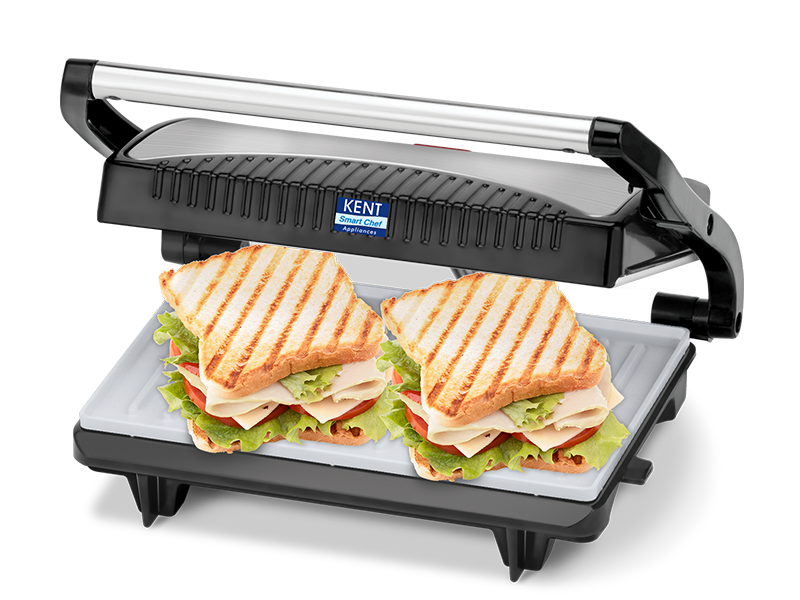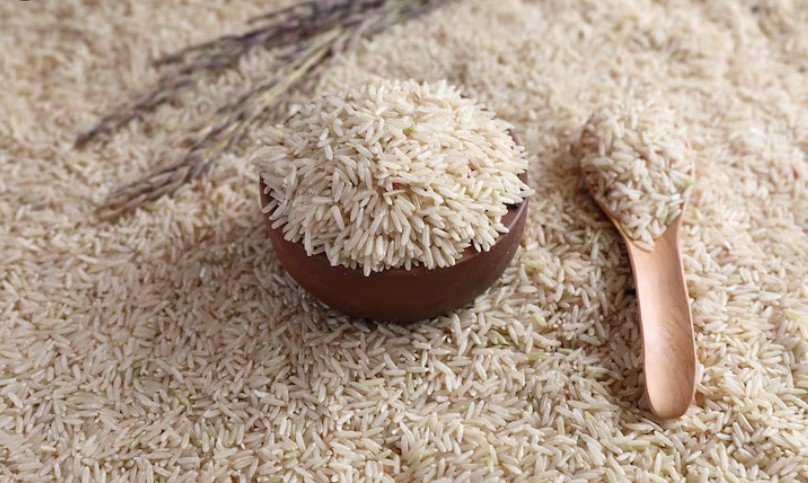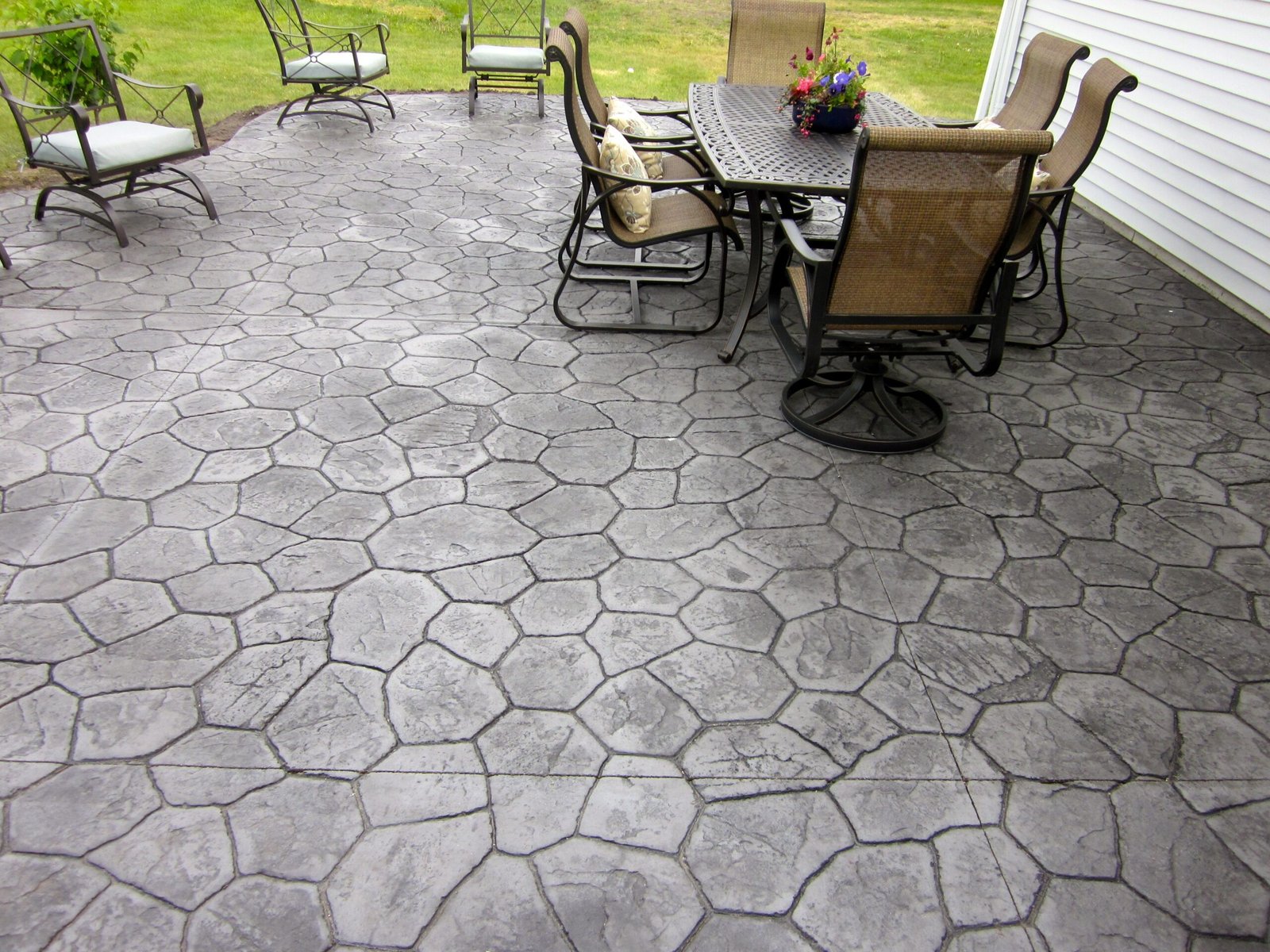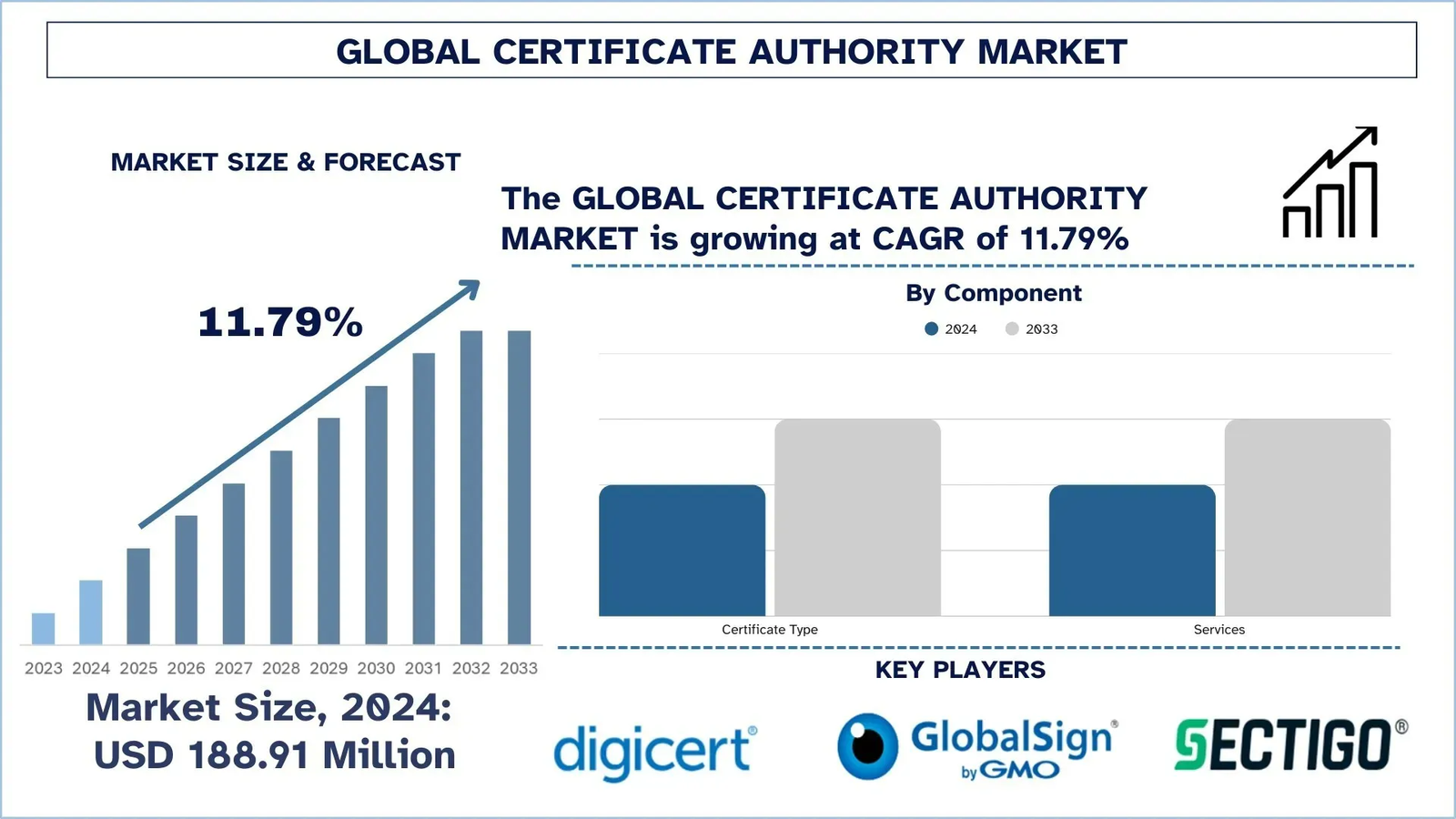Whether it’s a car, a ship, or an industrial generator, every internal combustion engine needs help to get started. That’s where the starter motor comes in—a compact yet powerful device responsible for cranking the engine to initiate the combustion cycle. Without it, even the most advanced engine is just a heavy block of metal.
In this blog, we’ll break down what a starter motor is, how it works, its types, and why proper maintenance is essential, especially in high-demand applications like marine and industrial engines.
What Is a Starter Motor?
A starter motor is an electric motor (or, in large engines, a pneumatic or hydraulic motor) used to rotate the engine’s crankshaft until the engine starts and can operate under its own power. It’s a critical component in the starting system of any internal combustion engine.
The job of the starter motor is temporary—but crucial. It operates only for a few seconds, yet during that brief time, it must overcome internal engine friction, compression resistance, and inertia.
How Does a Starter Motor Work?
The starter motor is typically powered by a battery or compressed air, depending on the size and type of engine.
Here’s a simplified step-by-step of how it works:
- Start Signal: When the ignition switch or start button is engaged, the starter circuit is activated.
- Engagement: A solenoid or bendix drive mechanism pushes a small gear (called a pinion) forward to engage with the engine’s flywheel.
- Cranking: The motor spins the flywheel, turning the crankshaft to initiate engine cycles.
- Disengagement: Once the engine starts, the starter disengages automatically to prevent damage.
Types of Starter Motors
Starter motors vary by engine size, application, and power requirements. Common types include:
1. Electric Starter Motor
- Most common in automobiles, small generators, and light-duty machinery.
- Powered by a 12V or 24V battery.
- Compact, cost-effective, and reliable for light-to-medium engines.
2. Air (Pneumatic) Starter
- Common in large marine diesel engines and heavy equipment.
- Uses compressed air to rotate the engine.
- Robust, spark-free (ideal for hazardous environments), and capable of withstanding harsh conditions.
3. Hydraulic Starter
- Similar to air starters but uses hydraulic fluid.
- Offers high torque with compact size.
- Often used in offshore, mining, or remote power systems.
4. Inertia and Pre-Engaged Starters
- Differ in how the pinion gear engages with the flywheel.
- Pre-engaged types offer smoother and more reliable engagement, especially in modern engines.
Key Components of a Starter Motor
- Solenoid – An electromagnetic switch that controls the flow of electrical current.
- Pinion Gear – Engages with the flywheel to turn the engine.
- Armature – The rotating part of the motor.
- Field Coils or Permanent Magnets – Generate magnetic fields to turn the armature.
- Brushes and Commutator – Allow current to flow into the rotating armature.
Common Starter Motor Issues
Like any component, the starter motor is subject to wear and failure. Common problems include:
- Clicking sound (solenoid failure)
- Grinding noise (worn pinion gear or flywheel teeth)
- No response (electrical fault or battery issue)
- Slow cranking (worn motor, poor connections)
Troubleshooting Tips:
- Check battery voltage and connections.
- Inspect wiring and terminals for corrosion or looseness.
- Test the solenoid and motor separately using a multimeter or starter test bench.
Maintenance and Replacement
In most applications, starter motors are designed to last for thousands of cycles, but longevity depends on usage, environment, and proper installation. For marine and industrial use, regular checks during scheduled maintenance are critical.
Best Practices:
- Keep electrical connections clean and tight.
- Avoid overheating by limiting excessive cranking.
- Replace worn-out brushes or solenoids before they cause total failure.
- Use OEM-quality replacements for reliability and safety.
Applications of Starter Motors
Starter motors are used in virtually every internal combustion engine system:
- Automobiles and trucks
- Marine diesel engines
- Power generation sets
- Construction and mining equipment
- Aviation and military vehicles
In marine and offshore environments, air or hydraulic starters are preferred due to safety, reliability, and environmental factors.
Additional Key Points to Cover in the Blog
1. Starter Motor Torque and Power Ratings
- Starter motors are rated by torque (Nm) and power (kW).
- Higher displacement engines require higher torque to overcome compression.
- Matching the correct torque rating ensures quick and reliable engine starts.
2. Starter Motor Engagement Mechanisms
- Bendix Drive: Uses inertia to push the pinion gear into engagement.
- Solenoid-Actuated Engagement: Electromagnetically engages pinion with flywheel.
- Overrunning Clutch (One-Way Clutch): Prevents backspin from the engine damaging the starter.
3. Safety Features
- Overcurrent Protection: Prevents damage due to excessive electrical load.
- Thermal Cutoffs: Protects the starter from overheating during prolonged use.
- Manual Overrides: In critical systems (like marine), manual or air start backup may be included.
4. Starter Motor for Dual-Start Systems
- In marine or military applications, some engines have dual-start systems (electric + air) for redundancy.
- Increases safety and reliability, especially for essential equipment.
5. Cold Weather Starting
- Cold temperatures increase engine oil viscosity and compression resistance.
- Starter motors in cold climates may include:
- Battery heaters
- Pre-lubrication systems
- High-torque starters
- Engine block heaters to assist the starting process
6. Remote and Automated Start Systems
- Modern industrial engines use PLC-controlled start systems.
- Starter motors are integrated with automatic start/stop routines, remote diagnostics, and engine protection shutdowns.
7. Energy Sources for Starter Motors
- Electric (Battery-Powered) – Most common.
- Pneumatic (Compressed Air) – Used in large diesels, safe for explosive environments.
- Hydraulic – Used in offshore and heavy-duty equipment.
- Spring Starters – Rare, used in very specific or remote applications where electricity or air is unavailable.
8. Environmental Considerations
- Starter motors used in marine, mining, or offshore settings often have:
- Sealed housings to resist salt, dust, or water ingress.
- Explosion-proof ratings for hazardous locations.
- Corrosion-resistant coatings for harsh environments.
9. Starter Motor Testing and Diagnostics
- Testing can be performed using:
- Starter test benches
- Multimeters for continuity and voltage drop
- Current draw tests to detect internal wear
- Common indicators of failure include abnormal sounds, slow crank, or no crank at all.
10. Starter Motor Innovations
- Modern advancements include:
- Integrated starter-generators (ISG) in hybrid engines.
- Brushless starter motors for lower maintenance.
- Variable-speed starters for smoother engagement and less mechanical stress.
Conclusion
Though it operates for just a few seconds, the starter motor is a vital component in engine performance and reliability. Whether you’re working with small diesel generators or large marine propulsion engines, understanding how starter motors function—and ensuring they’re properly maintained—can prevent costly downtime and improve operational readiness.












Leave a Reply